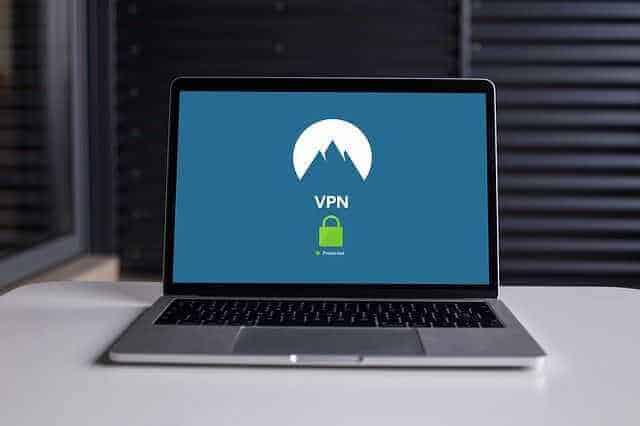Payment Tokenization: A 3-minute Guide

Tokenized payments refer to the substitution of sensitive payment information with non-sensitive data, and represent the new gold standard in payment processing practices.
Read on for a quick 3-minute overview of how tokenized payments work and what it all means, so you can prepare your business for the realities of offering secure online payments.
What is a “tokenized payment”?
Tokenization is the practice of using a token (a generated series of digits) as a stand-in for sensitive data. This token is stored and/or transmitted in place of a primary account number (PAN) or credit card number, thereby allowing payment networks to process a transaction without exposing the customer’s bank details.
Proven approach or just a fad?
The practice of digital tokenization has been around since the turn of the twenty-first century.
And before that, tokenization “technology” existed in the analog world in the form of gaming tokens and casino chips.
But it’s understandable why some might balk at the buzzword.
Business owners who stand to gain the most from tokenized payments generally don’t need to understand the ins and outs of payment data security — only that they’re outsourcing the responsibility for this tried and tested practice to agencies who do.
How do tokenized payments work?
When a customer enters their payment details, their PAN is securely captured by a payment services provider (PSP) — this typically happens via an integrated module on an e-retailer’s website.
The PSP then creates a token based on the PAN, which is securely transmitted to the credit issuer (usually a bank) so they can authorize the payment.
Why are tokenized payments more secure?
Within a tokenized payment process, fewer parties have access to the customer’s PAN, which significantly reduces the opportunities for data leakage and unauthorised access.
In fact, the only time it’s necessary to “expose” a PAN is when the customer enters their card details for the very first time.
Even then, exposure is greatly limited.
Only the PSP has access to this information and is qualified to keep it safe within their PCI-DSS compliant vault.
After that, customers have the option to save their payment method, allowing the token to be used for future transactions and eliminating the need to enter sensitive data a second time.
Would payment tokenization suit my business?
Performing your own payment processing comes with the responsibility to comply with the Payment Card Industry Data Security Standard (PCI-DSS), which can be laborious and costly for businesses who don’t have specialists on staff.
SMEs in the e-commerce space stand to realise massive cost savings through tokenization using a third party PSP, foregoing the ongoing costs associated with monitoring their data security and storage practices.
In addition, the ability to offer the convenience of future payments can increase conversion through smoother user experience and streamlined checkout process.
What next?
Payment tokenization is already commonplace among third-party payment providers, who’ve facilitated billions of secure online transactions since the inception of this practice.
And with Apple Pay, Samsung Pay and Google Pay already seeing impressive uptake in the last few years alone, we are certain to see more commercial applications of tokenized payments in the near future.






